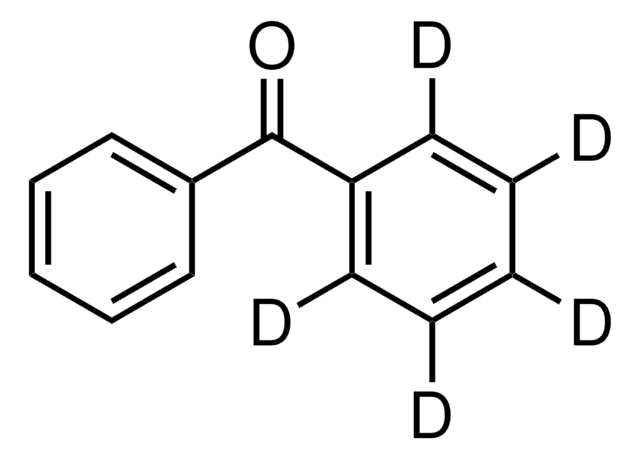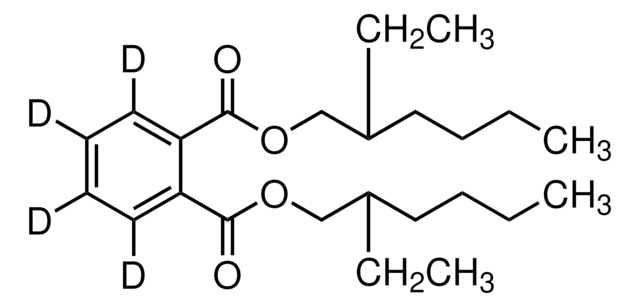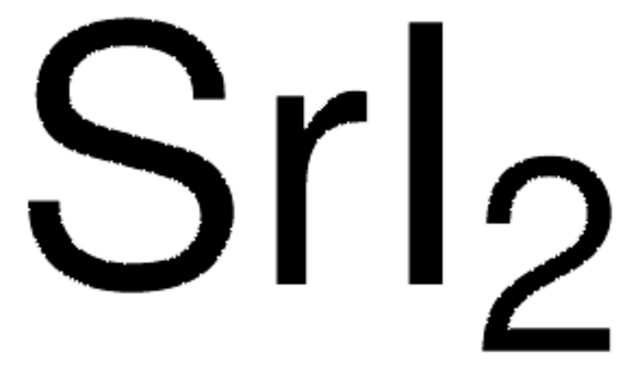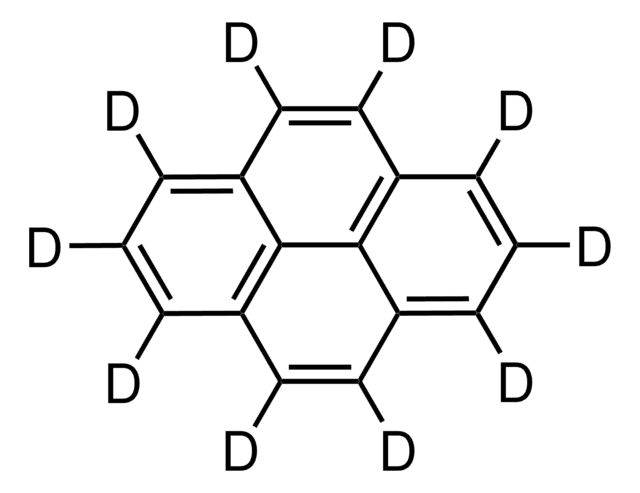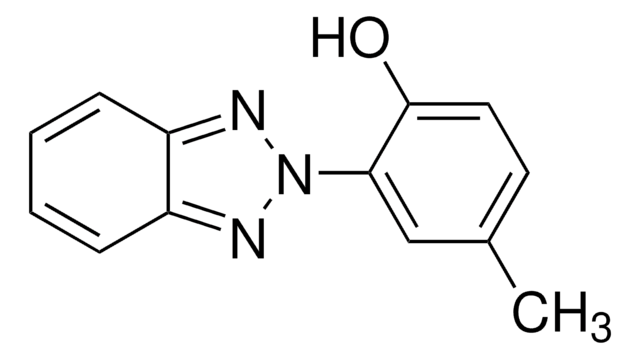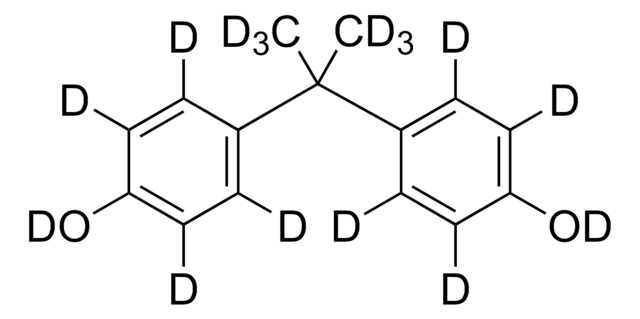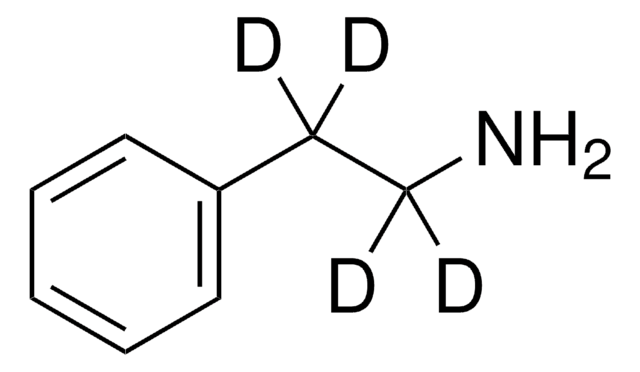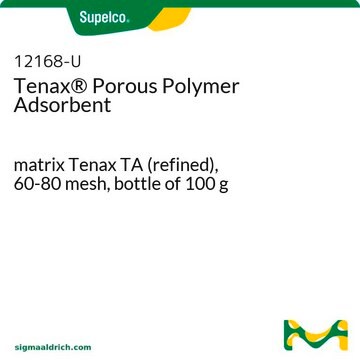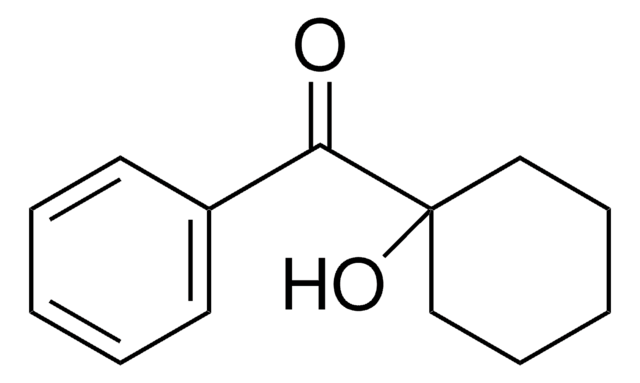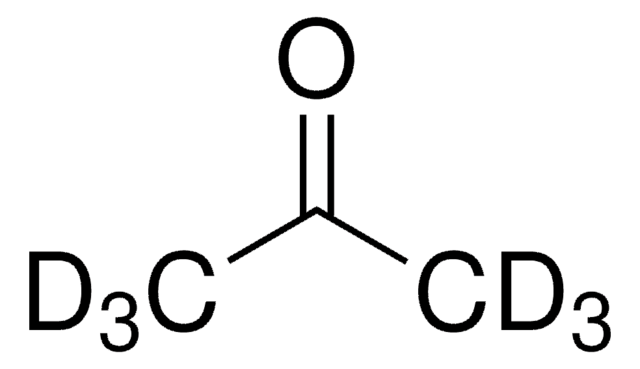Wichtige Dokumente
471178
Benzophenon-d10
99 atom % D
Synonym(e):
Di(phenyl-2,3,4,5,6)-methanone-d10
About This Item
Empfohlene Produkte
Isotopenreinheit
99 atom % D
Qualitätsniveau
Form
solid
bp
305 °C (lit.)
mp (Schmelzpunkt)
47-51 °C (lit.)
Massenverschiebung
M+10
SMILES String
[2H]c1c([2H])c([2H])c(c([2H])c1[2H])C(=O)c2c([2H])c([2H])c([2H])c([2H])c2[2H]
InChI
1S/C13H10O/c14-13(11-7-3-1-4-8-11)12-9-5-2-6-10-12/h1-10H/i1D,2D,3D,4D,5D,6D,7D,8D,9D,10D
InChIKey
RWCCWEUUXYIKHB-LHNTUAQVSA-N
Suchen Sie nach ähnlichen Produkten? Aufrufen Leitfaden zum Produktvergleich
Verwandte Kategorien
Verpackung
Signalwort
Danger
H-Sätze
Gefahreneinstufungen
Aquatic Chronic 3 - Carc. 1B - STOT RE 2 Oral
Zielorgane
Liver,Kidney
Lagerklassenschlüssel
6.1C - Combustible acute toxic Cat.3 / toxic compounds or compounds which causing chronic effects
WGK
WGK 1
Flammpunkt (°F)
280.4 °F - closed cup
Flammpunkt (°C)
138 °C - closed cup
Hier finden Sie alle aktuellen Versionen:
Besitzen Sie dieses Produkt bereits?
In der Dokumentenbibliothek finden Sie die Dokumentation zu den Produkten, die Sie kürzlich erworben haben.
Kunden haben sich ebenfalls angesehen
Unser Team von Wissenschaftlern verfügt über Erfahrung in allen Forschungsbereichen einschließlich Life Science, Materialwissenschaften, chemischer Synthese, Chromatographie, Analytik und vielen mehr..
Setzen Sie sich mit dem technischen Dienst in Verbindung.